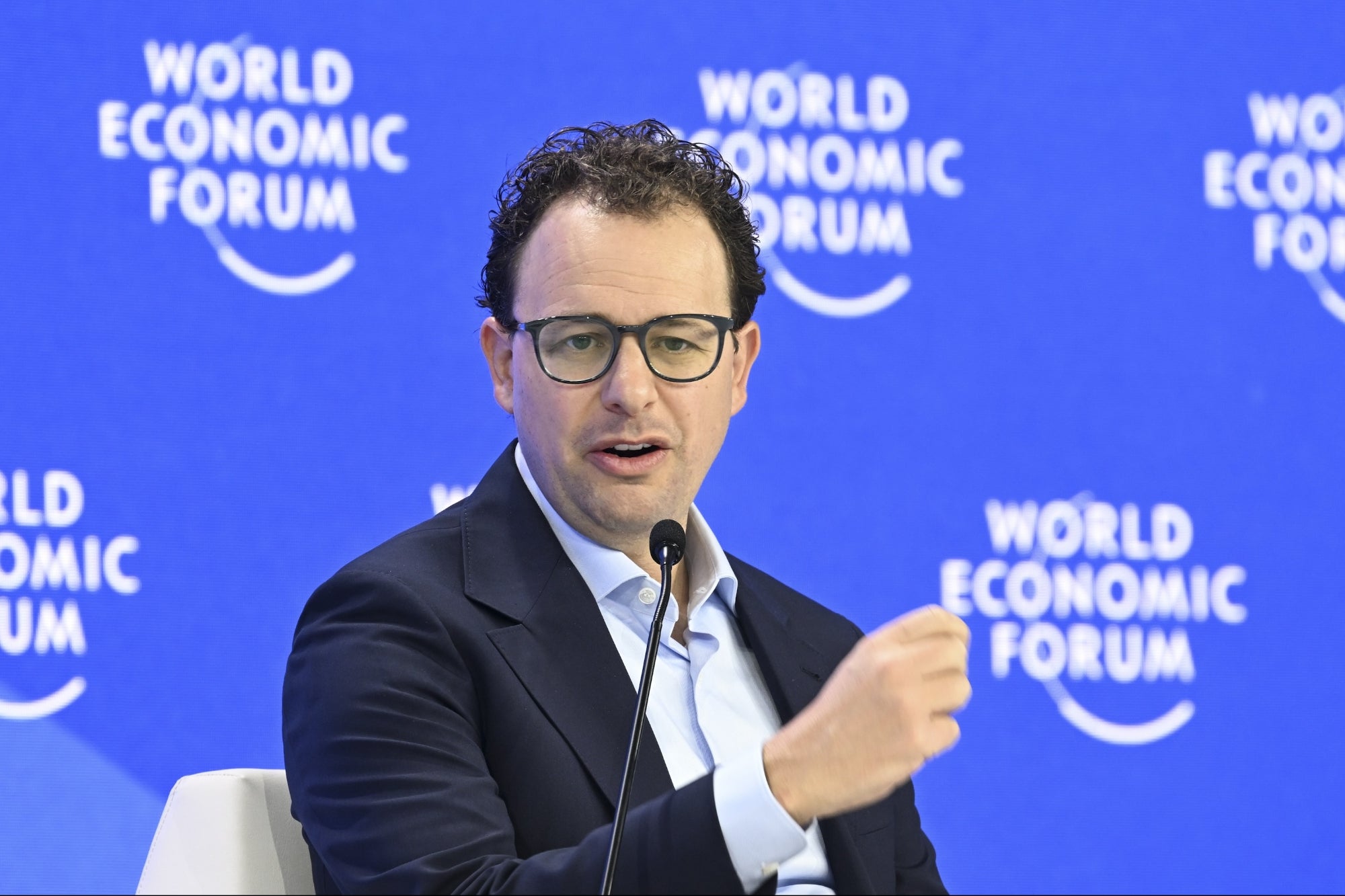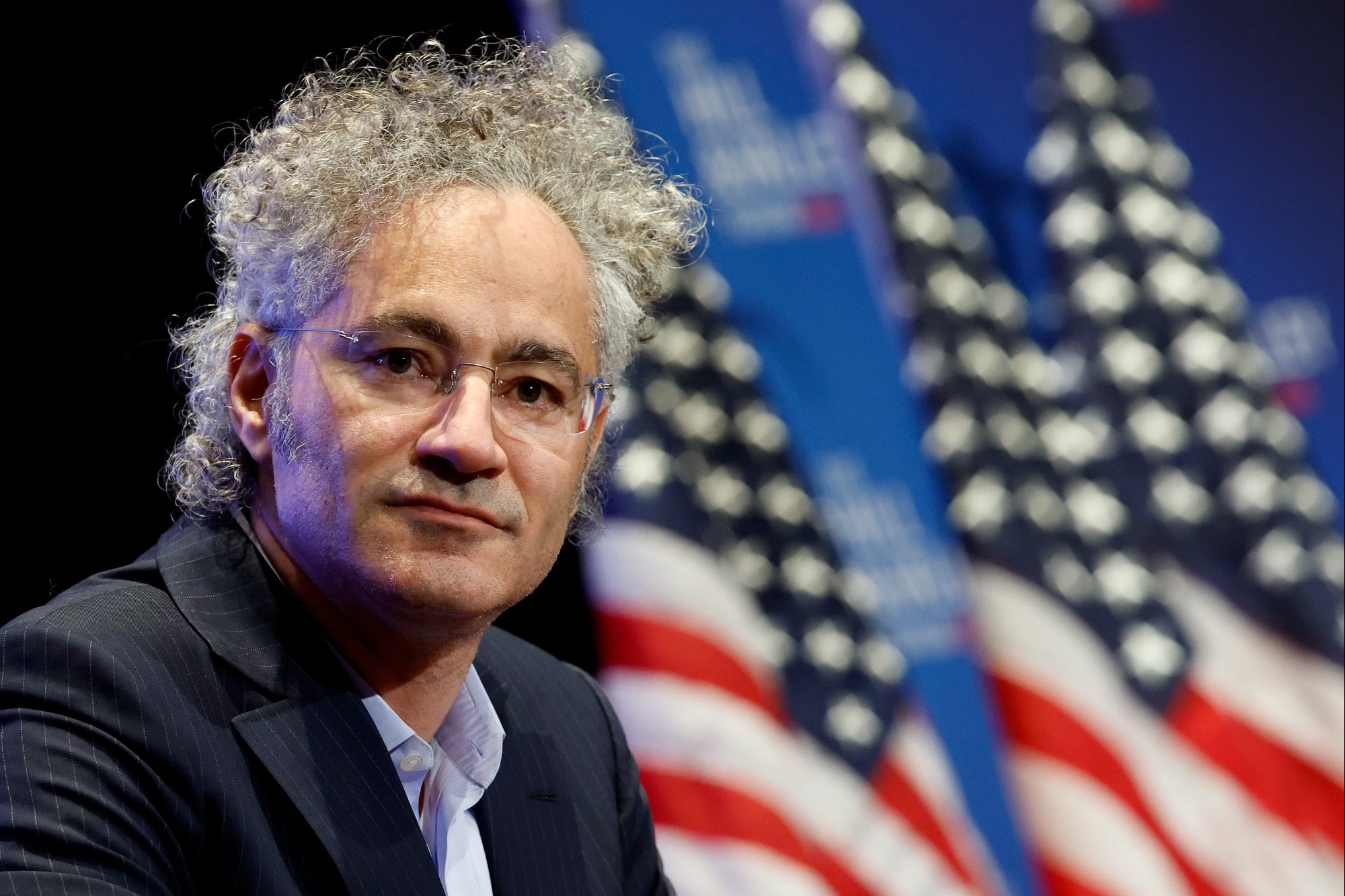How to Beat Your Deadlines and Reach Goals Faster — Without Burning Out Try these 5 "Voluntary Force Functions", which are designed to push you towards action
By Pat Flynn
Opinions expressed by BIZ Experiences contributors are their own.
We've all faced high-pressure situations that force us to learn quickly, not because we wanted to — but because we had to. Whether it's cramming for a crucial exam, racing to meet a demanding deadline at work, or having to get your life back in order after getting laid off, we've all experienced moments that require us to get out of our comfort zone and figure things out, fast.
To do this, I practice what I like to call "Voluntary Force Functions."
As an BIZ Experiences and advisor to several start-up companies, I've seen firsthand what a self-inflicted challenge can do to a person's mental and physical health. It's why I wrote my new book, Lean Learning: How to Achieve More by Learning Less.
Please understand that a Voluntary Force Function is not about "hustle" or having to sacrifice happiness and comfort to endure pain like it's a rite of passage to success. Instead, these scenarios are about purposefully extending yourself just beyond your comfort zone, for a measured amount of time, to experience personal and professional development.
Voluntary Force Functions are designed to create intentional constraints that compel action. They are the chosen conditions that make a desired behavior nearly inevitable. These functions excel at long-term habit formation or to overcome procrastination on daunting tasks, serving as structural changes to our environment and routine that promote ongoing success.
Let's break down each element of an effective Voluntary Force Function.
A Leap of Faith Moment
What exactly is a "Leap of Faith Moment"? It's that pulse-racing moment when you decide to turn "someday" into "starting now."
Remember that this leap of faith you take is not about reckless abandon. It's a deeply considered decision that launches you out of the planning phase and into action. It's about trusting your ability to rise to the challenge and that you have the resources and resilience to see it through.
A Time-Locked Commitment
The key to a time-locked commitment is to treat your deadlines as nonnegotiable. People set goals for themselves, or deadlines, only to push them back repeatedly. I see this pattern again and again among my students. Although I understand life can interrupt our plans, I also know that when a deadline truly cannot be moved, we somehow find a way to meet it.
The easiest way to solidify your commitment, if it's not baked into the leap of faith you've already made, is to put it on your calendar — but not in the way you probably think you should.
Ask a champion of yours (ideally, a mentor) to create the deadline on their calendar and invite you to the event. You won't be able to move it, and you'll know it's on the calendar of the person who is holding you accountable. It will be harder to get out of, which means you are more likely to follow through.
High Stakes
It's vital to keep in perspective what "high stakes" means. We imagine the worst: irreparably damaging our reputation or making a mistake so severe that recovery is impossible. But by realistically assessing the risks and asking ourselves, "What's the worst that could happen?" we uncover the truth — our fears are exaggerated.
When setting up your own Voluntary Force Functions, aim for stakes that push you out of your comfort zone but remain within a threshold that promotes action. This might involve making a promise to a mentor, risking a sum of money, or something else. Not doing it needs to hurt a little— but not be so terrifying you're afraid to risk it.
Find that sweet spot where the risk is enough to keep you driven, but not so daunting it overwhelms you. Author Steven Pressfield suggests that fear is not always an enemy; it emerges precisely when we are about to do something meaningful, something that matters. Let that guide your efforts.
High stakes should motivate, not debilitate.
Meaningful Challenge
When designing your own Voluntary Force Functions, it's crucial to select challenges that are not only difficult but also deeply meaningful to you and align with your values.
Consider the following:
Personal resonance: Choose a challenge that resonates with your core values and aligns with your long-term goals. Whether it's con- fronting a long-held fear, mastering a complex skill, or making a significant impact in your community, the challenge should feel pro- foundly important to you.
Motivation through meaning: The more the challenge matters to you personally, the stronger your drive will be to engage with it and succeed. This connection turns a daunting task into a compelling mission, infusing your efforts with purpose and determination.
Assessing impact: Ask yourself, what are the potential outcomes of conquering this challenge? How will overcoming this particular hurdle enhance your life or career? Understanding the tangible benefits can provide additional motivation and clarify the challenge's value.
By ensuring your challenges are meaningful, you're not just setting goals, you're crafting milestones that reflect your deepest aspirations and desired impact. This alignment makes the journey as rewarding as the destination, ensuring sustained effort and engagement.

Rewards on the Other End
This is key to the Lean Learning process: you have to keep going. The small wins are only significant when you leverage them for larger wins down the line.
In designing your own Voluntary Force Functions, first think beyond the immediate challenge— but then zoom out and consider what else it could make possible. Ask yourself: "What new opportunities could this open up for me, if I did?"
Perhaps, mastering public speaking could lead to leadership roles or more keynote opportunities. My conquering a personal fitness goal could inspire a business idea or health blog. Or, maybe like me, a weird obsession with trading cards could open up a whole new career for you. Consider the doors your current challenge might unlock, but don't limit yourself to what you think is possible. Just be open to what could come. You never know what bigger skills your next pursuit will help you build.
Try to keep the bigger picture in mind, even if you don't know what the future holds. Think of how mastering this fear or that skill could catapult you into all kinds of arenas, enhancing your life and career. This broader perspective can serve as a powerful motivator, especially when obstacles arise. You're not just doing this for today; you're doing it for what could come tomorrow.
By viewing your current challenge as a stepping- stone to greater things, you reinforce the value of pushing through, ensuring that each step forward not only brings personal growth but propels you to broader opportunities. It's not just about what you achieve by conquering the challenge—it's about what conquering the challenge allows you to achieve next.
Excerpted from LEAN LEARNING: How to Achieve More by Learning Less. Copyright © 2025 Pat Flynn. Reproduced by permission of Simon Acumen, an imprint of Simon & Schuster. All rights reserved.










